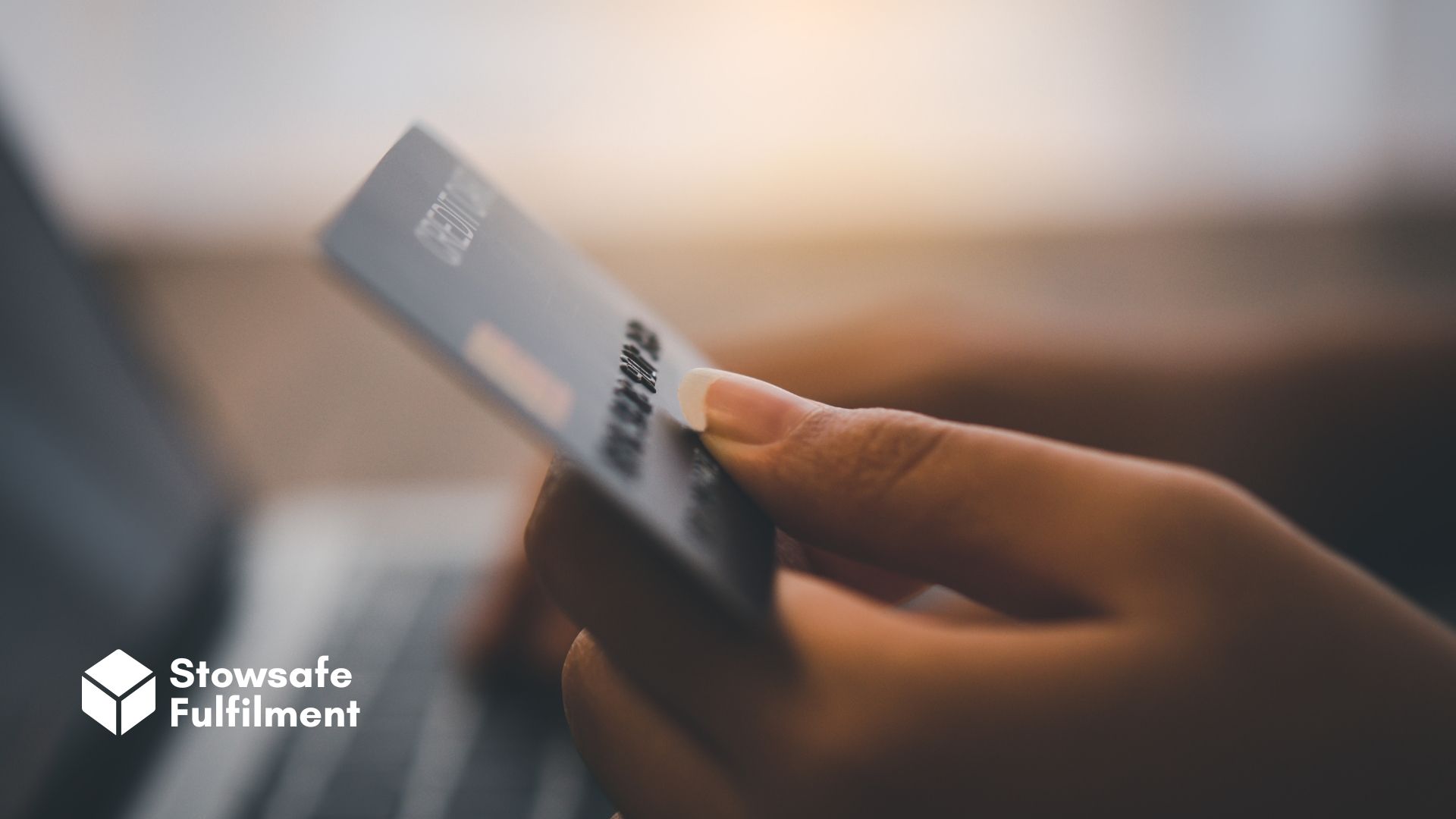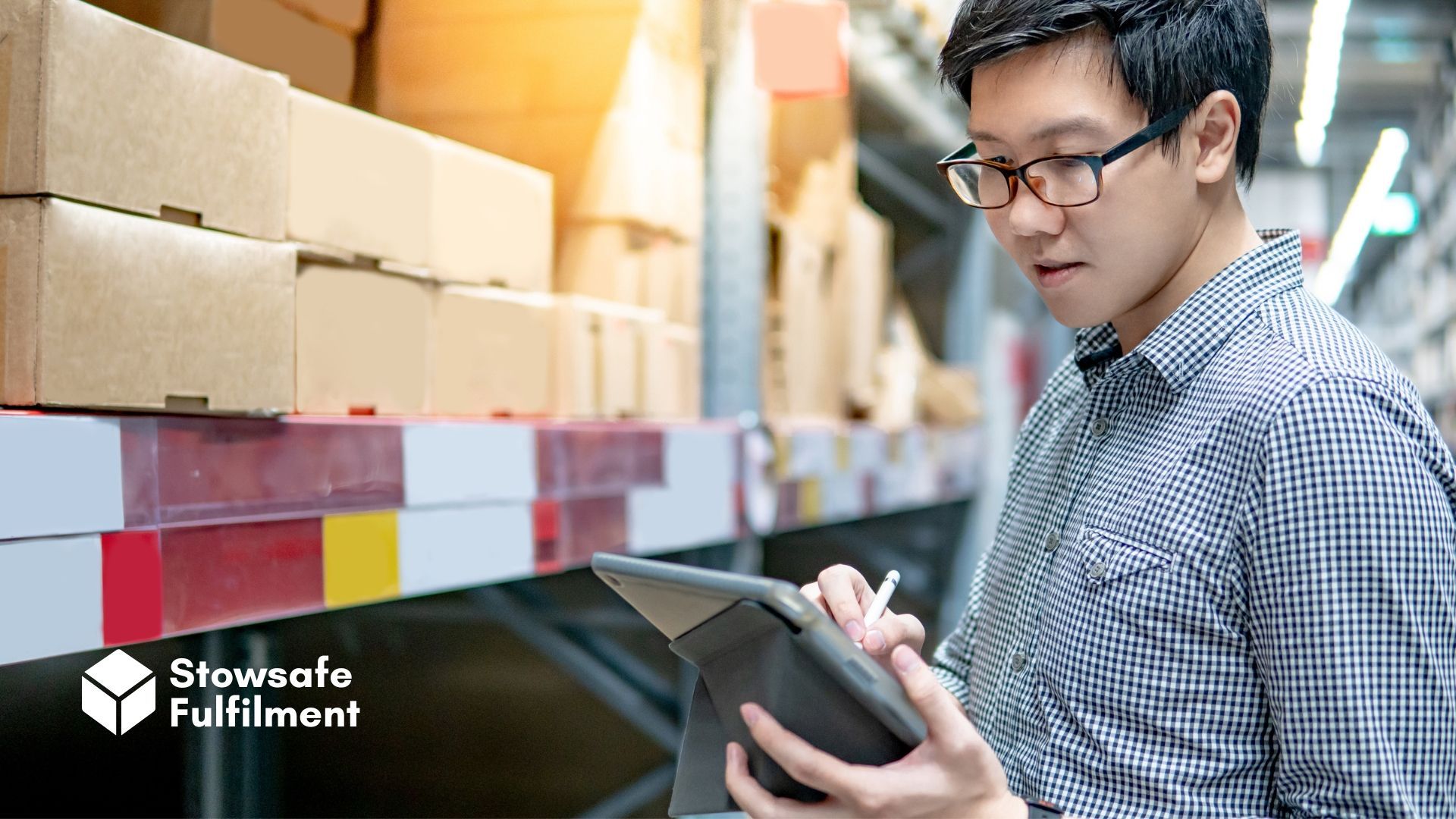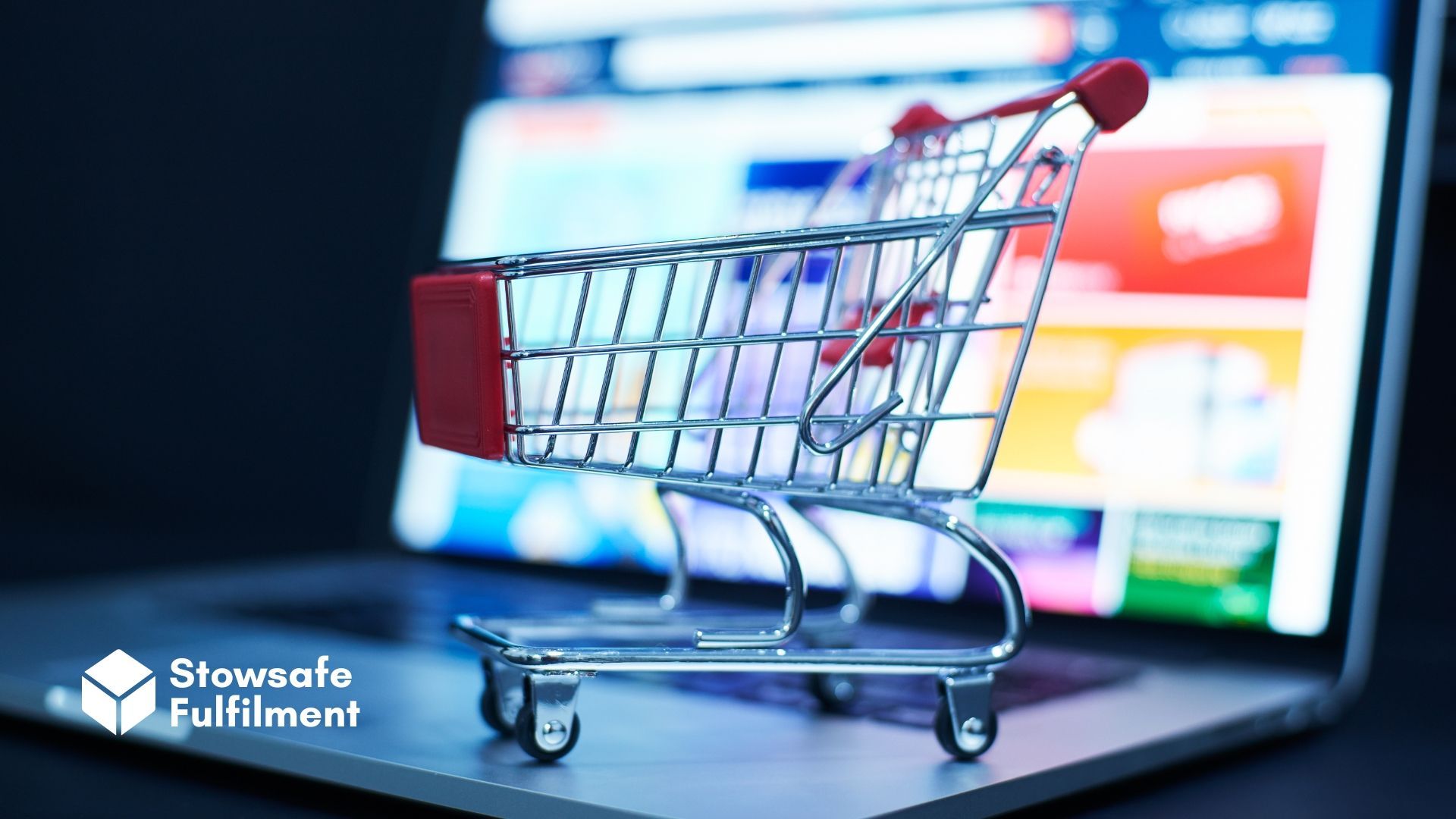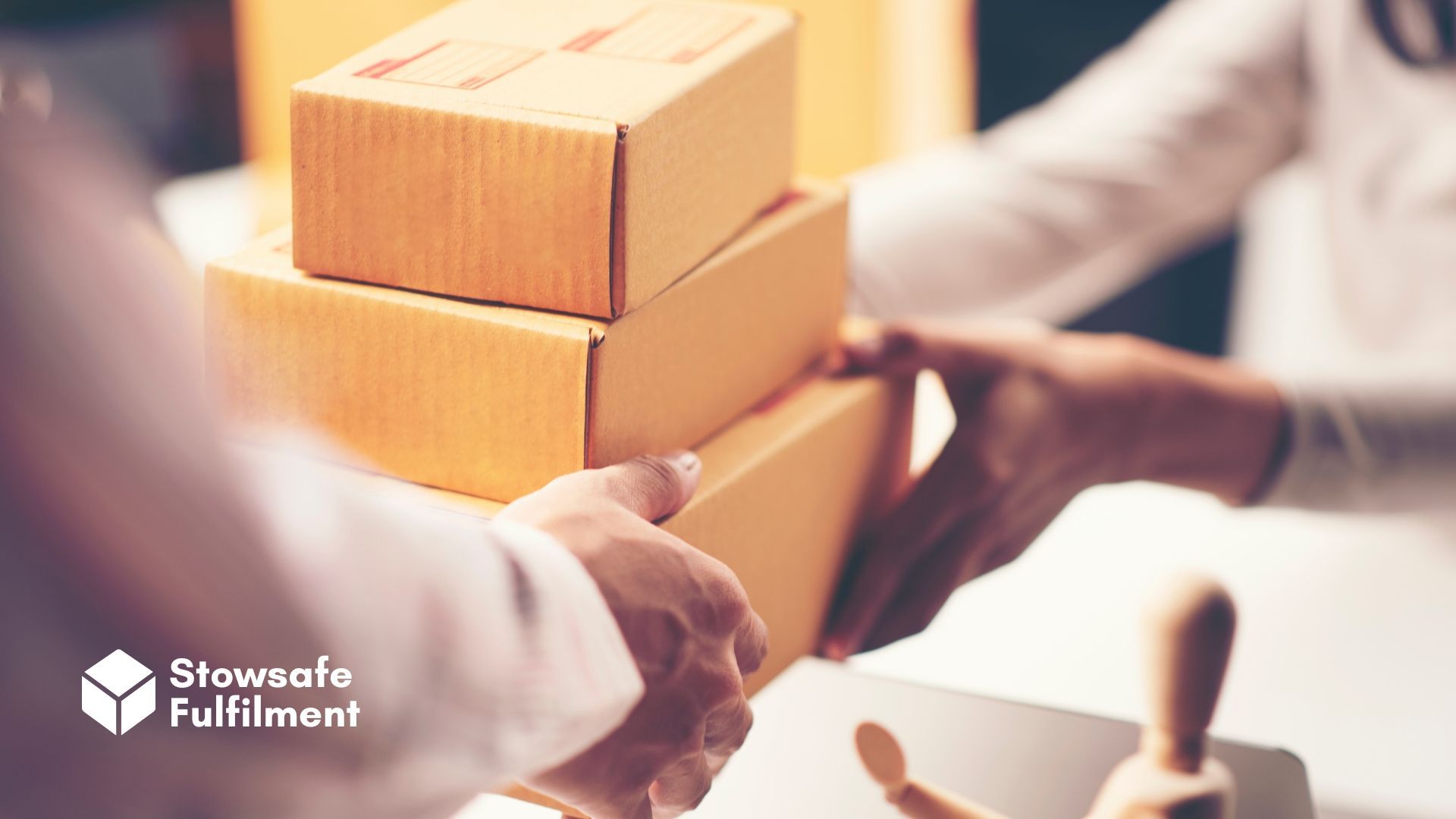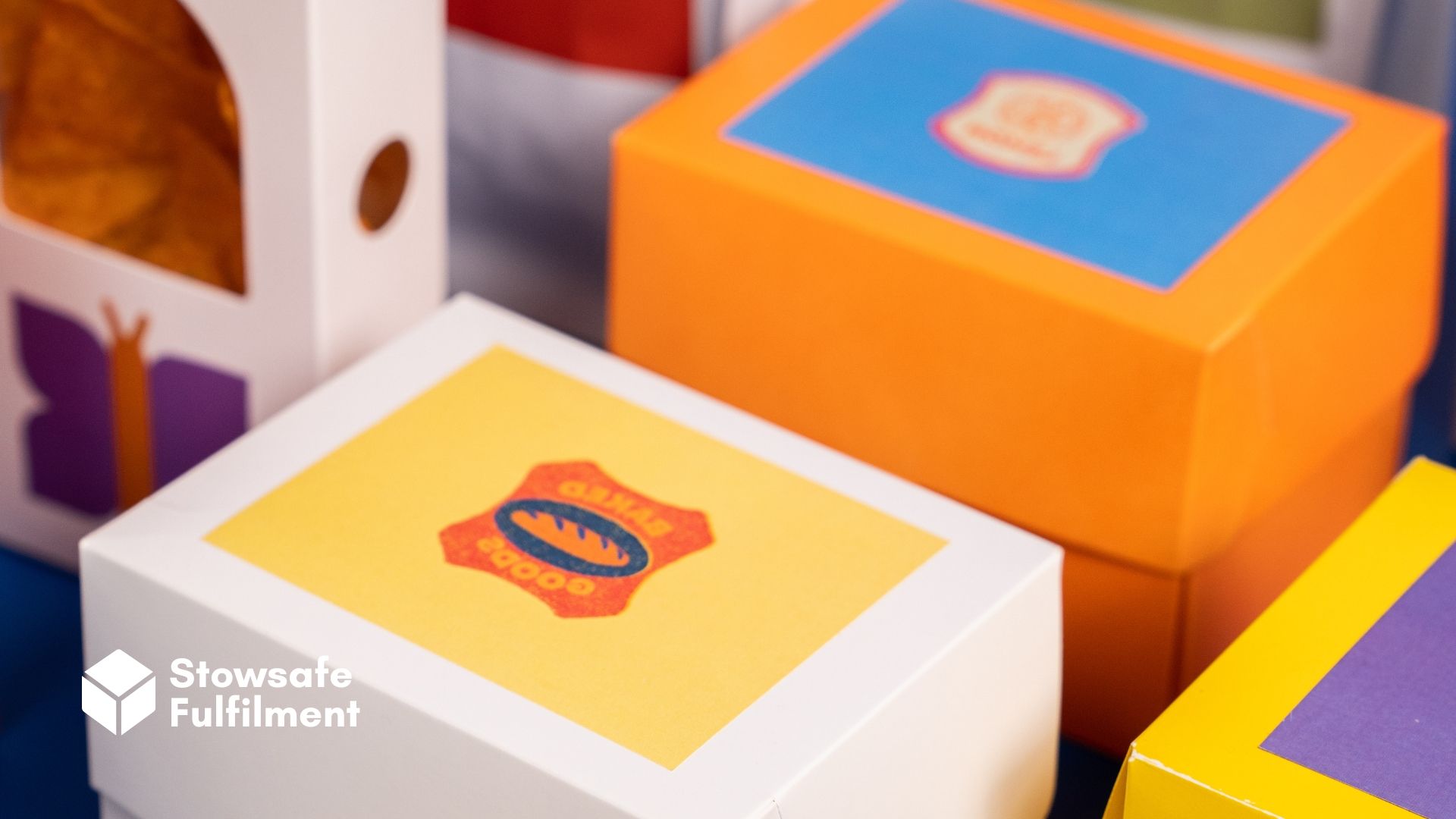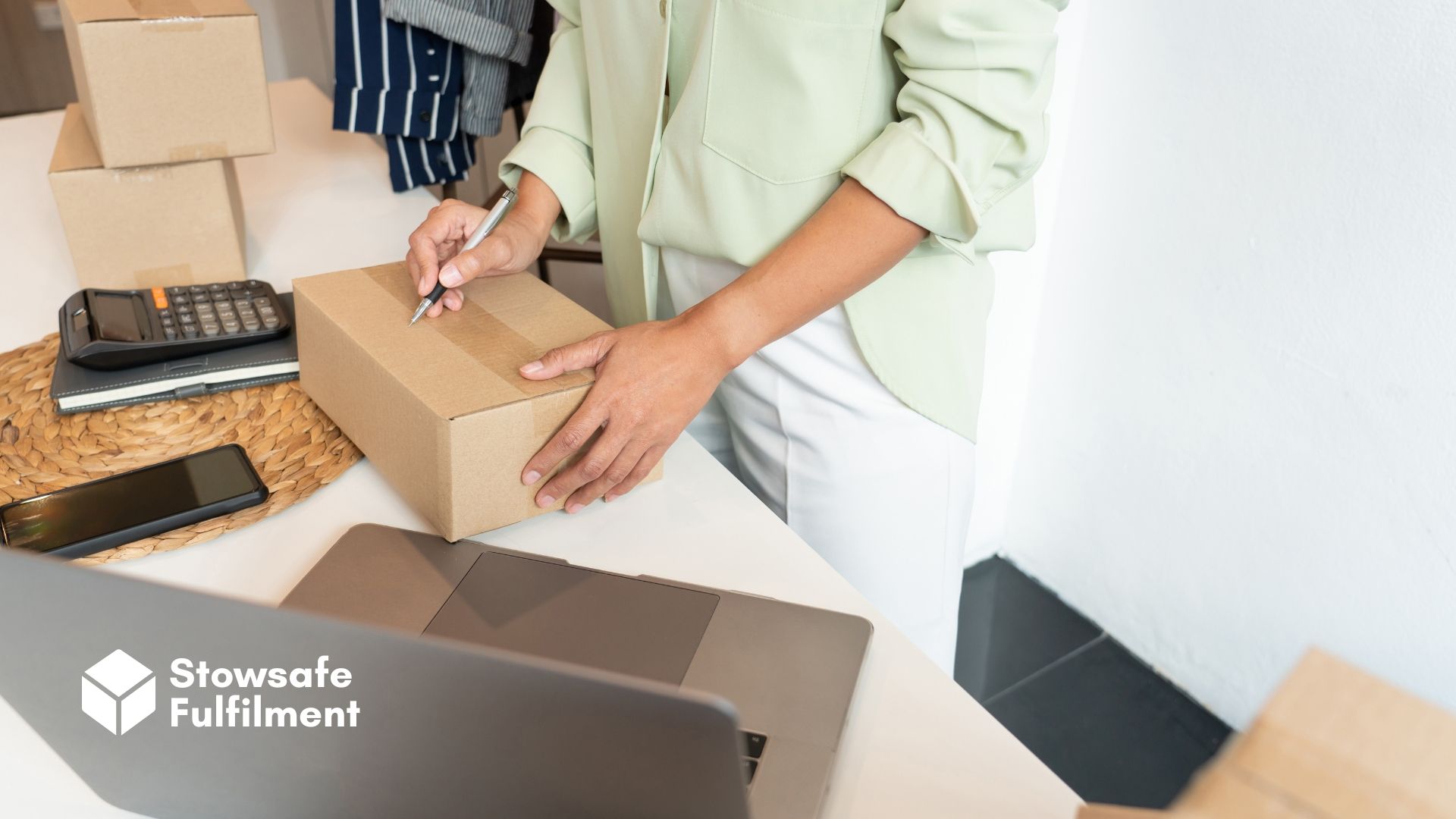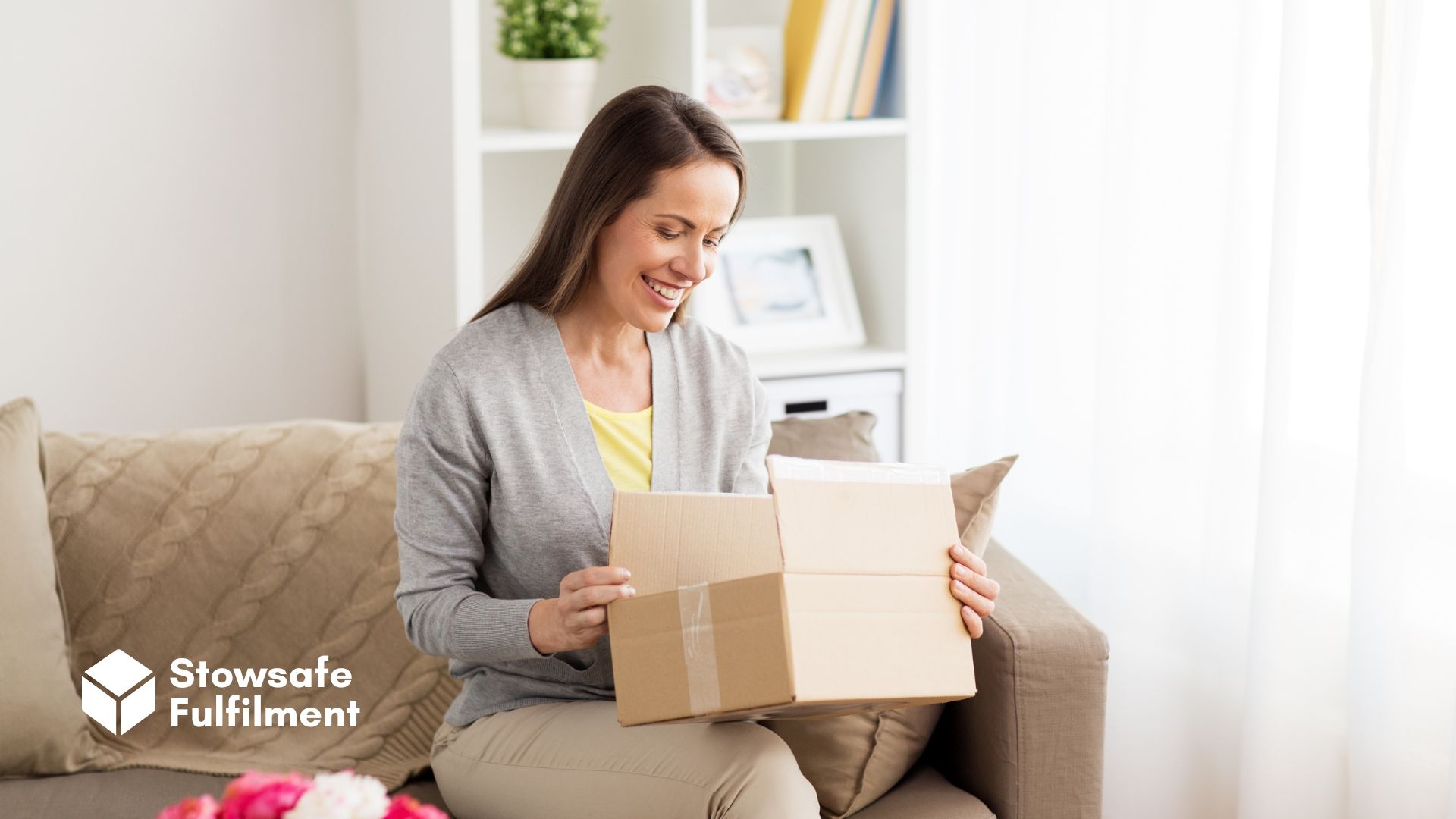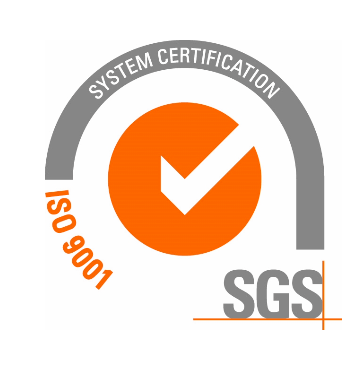Are you struggling to make social media work for your eCommerce business or keen to learn how it can? Unlock this powerful marketing tool with our tips.
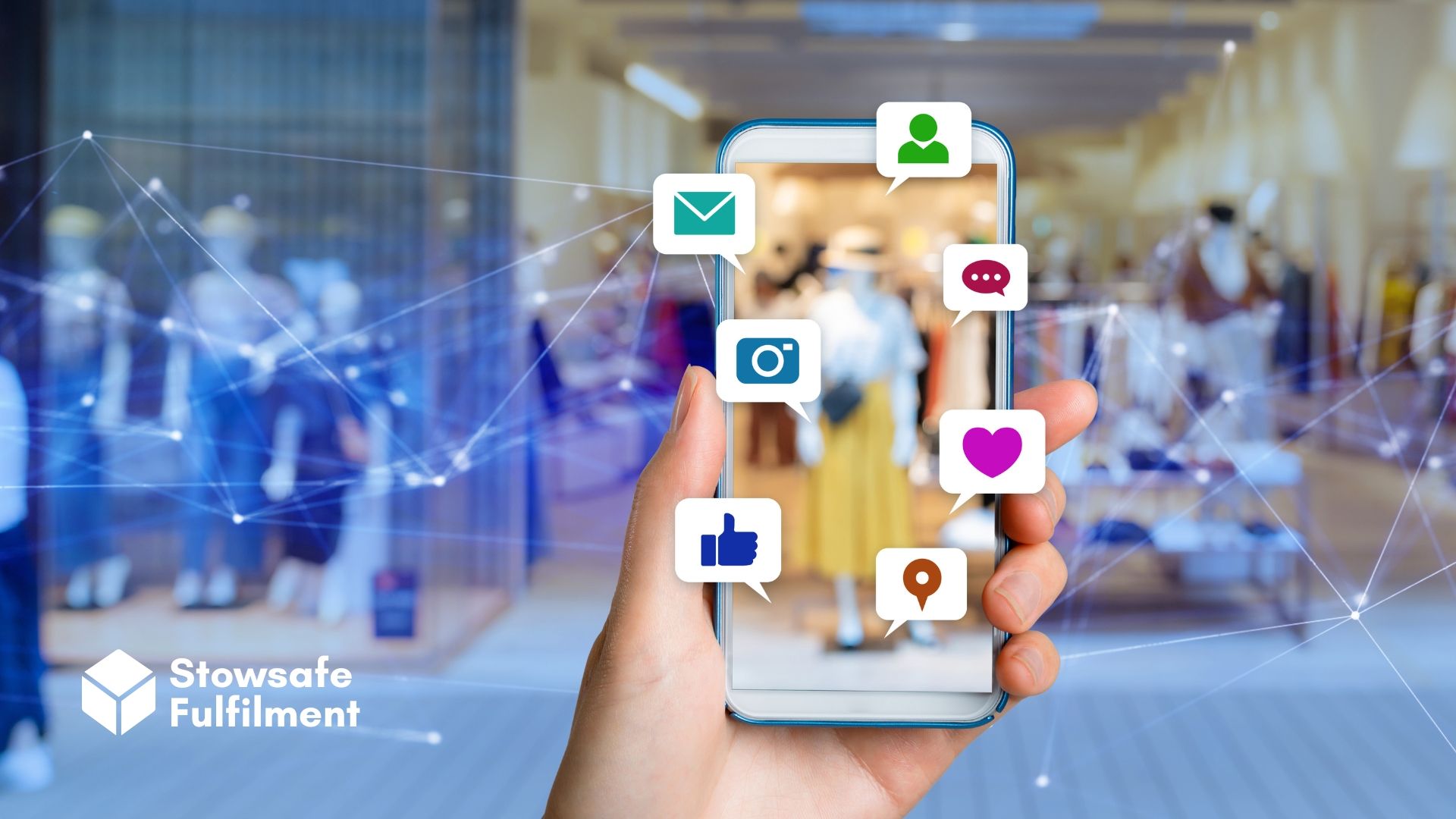
So you've set up shop online. Now it's time to build your brand.
For many businesses, the answer is simple: launch some social media profiles and get a-posting. However, many fledgling e-retailers are cautious about embracing Instagram, Twitter and their brethren.
It's understandable. Because while the customer is always right, you might not always like what they have to say.
But there's no need to fear. Social media can be a powerful tool for connecting with customers and promoting your mission. You just have to approach it in the right way.
Here are six ways it can help – along with a few tips to help you make the most of it.
1. Increasing brand awareness
With round-the-clock engagement by users across all the major platforms, social media offers a huge potential market that can be tapped into instantly.
Making regular posts and updates is a surefire way to increase brand awareness and reach new audiences. And if one of your posts gets picked up and shared by the right people, the benefits can be enormous.
Creating content that travels well is the secret to a successful social media profile. The key here is to be consistent and to have a clear strategy. Try these tips for starters:
- Maintain a consistent voice across all of your posts to reinforce brand identity.
- Respond to post engagement as much as possible.
- Engage and capitalise on trending topics.
- Use hashtags to tap into relevant topics.
- Connect and build relationships with other channels.
- Get as many people to share your content (often by sharing theirs).
2. Promotion and advertising
You're out with friends having a drink and your mate mentions he's not getting much sleep. "Maybe it's your mattress", you say. And, for the next ten minutes, you talk about the benefits of a good mattress. The next day you open Facebook, and… it's all mattress ads!
Creepy right?
Social media ads can seem uncanny at times, but they're an essential part of attracting new customers. One of your friends probably shopped for mattresses that night and, by virtue of proximity and location tracking, the algorithms thought you might be interested too. Cute, really!
Taking advantage of social media's intuitive advertising and promotion can reap great rewards. The type of strategy you use will depend on what goals you set.
For example, promotions can include discounts and offers posted to your channel. These have a dual function – to raise brand awareness and entice customers to purchase from your website.
On the other hand, adverts are usually paid and visible to internet explorers on
and
off your channel. These are called "targeted ads", meaning they're aimed at people whose product searches and interests match what you're selling.
If you provide enough information to sites like Facebook and Instagram, they'll zero in on potential customers and (hopefully) convert them into engaged buyers.
3. Connecting with customers online
On the surface, setting up shop online can appear to eliminate the "human'' elements of sales. Face-to-face interactions with customers foster trust and loyalty, making them more likely to part with their cash and recommend you to their friends.
However, social media offers some surprising advantages in this area that are often overlooked. Creating "behind-the-curtain" posts – revealing production processes and introducing members of the business in a fun and personable way – is among the many ways you can increase the transparency of your business and build relationships with your customers.
Be as creative as you want – and use humour and banter in your posts to show personality. Just look at
Wendy's Twitter profile to see just how it's done!
Here are some ideas to get you going:
- Show how your product is made behind the scenes.
- How are your materials sourced? Are your products ethical or natural? Keep consumers in the know.
- Introduce members of staff and highlight their personalities and expertise.
- Post day-to-day activities, keeping them light and humorous.
4. Providing technical or customer support
A hugely important part of any retail business is providing technical and customer support. Social media offers a direct support line between you and your customers. But make sure you are responding to feedback and inquiries as promptly and helpfully as possible.
Facebook, for example, shows consumers your average response time. If it's low, they're less likely to get in touch and you risk losing a sale.
5. Boosting awareness through collaboration
An effective way of increasing your brand awareness and also making new friends (aw!) is through collaborations with other brands and pages.
In an ideal world, you'd approach Idris Elba or Stephen Fry to star in an advert boasting about your product in outer space… or something.
But let's start with small, achievable goals. Partnering with similar brands and promoting each other's products is the most common and mutually beneficial way to get more exposure.
Another popular technique is to use social media influencers to demonstrate your product on their channels. As long as your brand complements their profile, it's almost guaranteed to return engagement. In turn, the influencer benefits from an affiliate link that yields a percentage of your sales.
6. Tap into online trends
Every day, there's a new topic, TV series or meme trending on social media. Staying relevant in our information age can be difficult with so much happening at once. It's surprisingly easy to miss a viral trend shared by millions – often right under your nose. By the time you've caught on, it's probably old hat, and everybody's moved on.
To the extent that you can stay informed and up to date with local and global trends, you should consider responding to them as much as possible. Theme your posts around popular topics or, in any case, refer to them directly or indirectly. You'll be capitalising on a huge groundswell of social media activity and chances are your post will perform better for it.
Just don't post about the Game of Thrones finale in 2023… (or do, but ironically…)
Now that you're a certified social media wizard, what's next? Have you thought about partnering with a fulfilment service to help with all those new orders? Read up on Stowsafe's
eCommerce fulfilment services and
get in touch – we'd love to hear from you.
All Rights Reserved | Stowsafe Fulfilment

